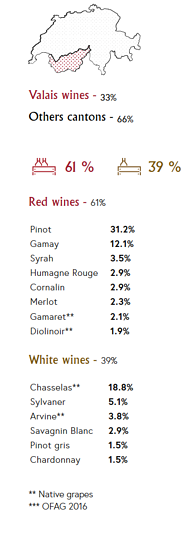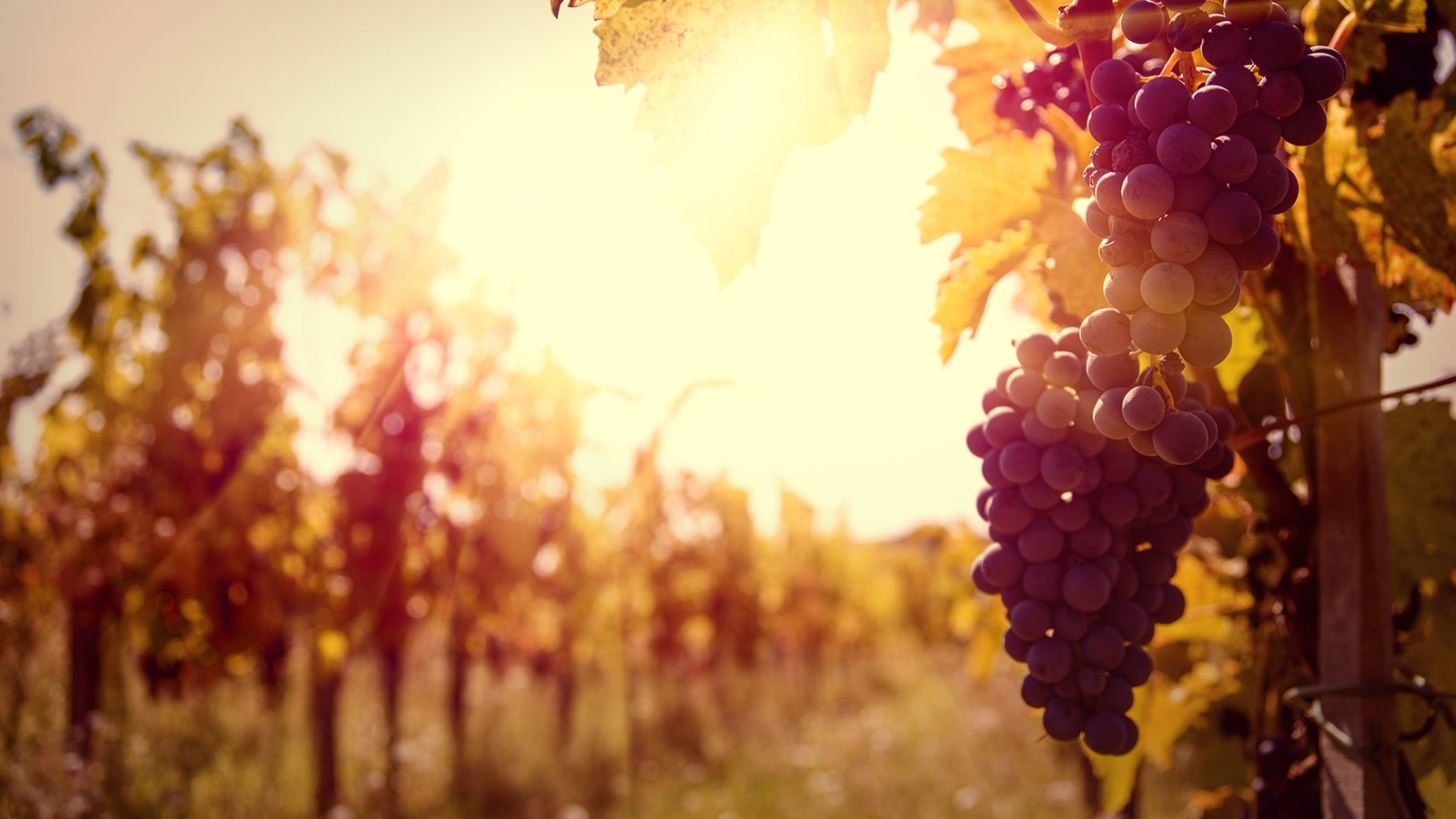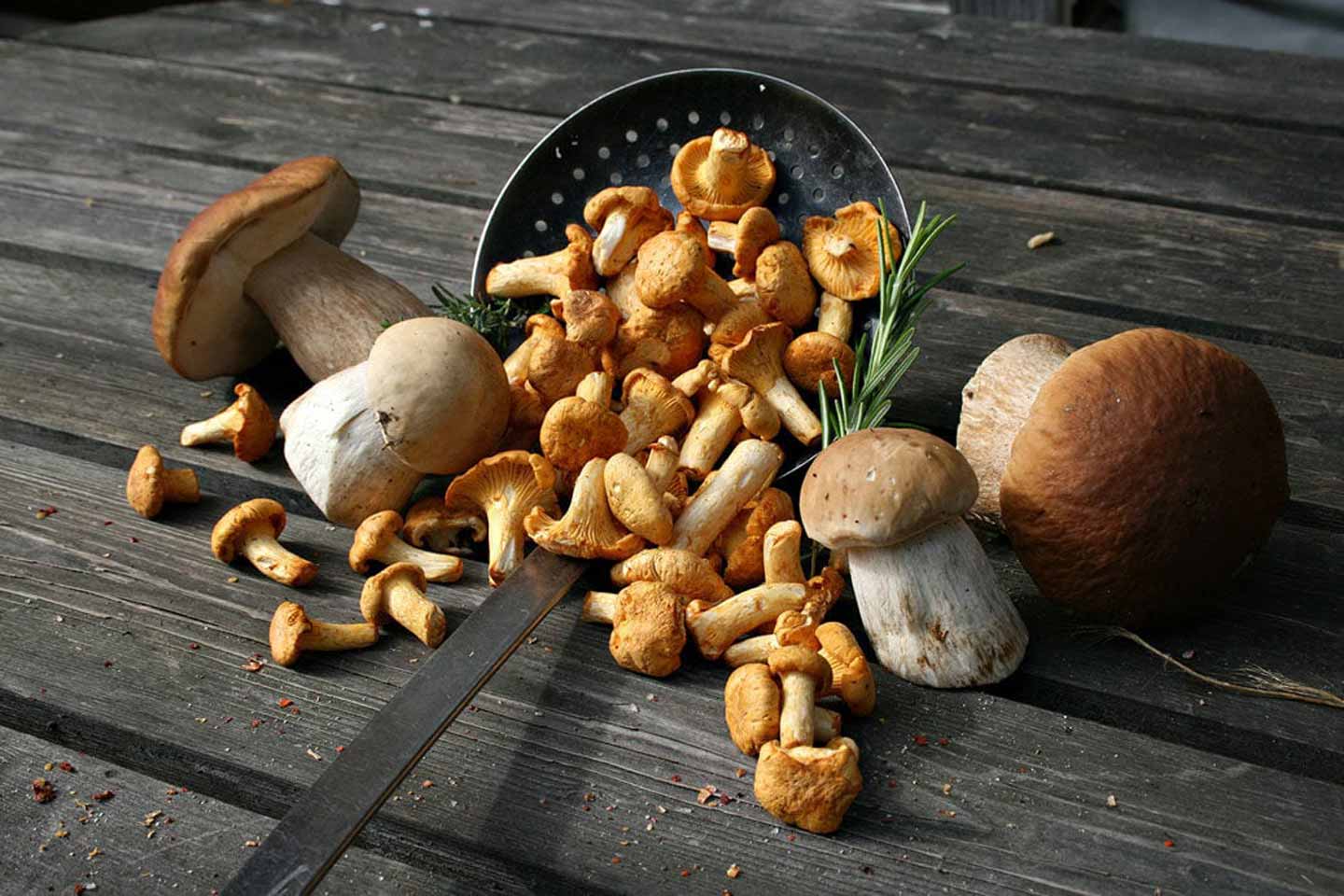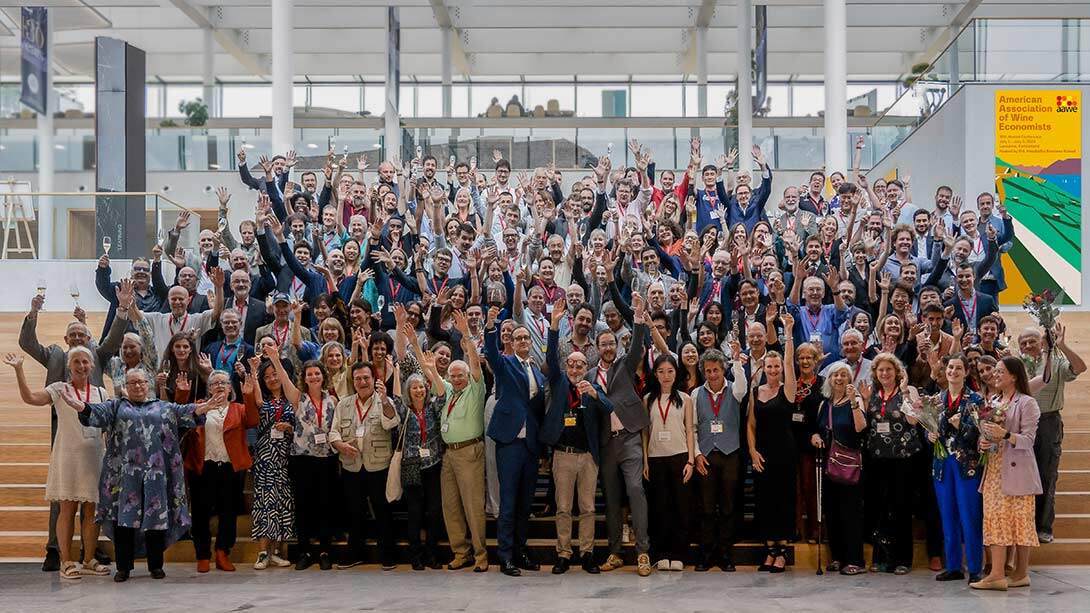Scientists have been warning for decades about climate change and its potential damaging impact on agricultural production.
Wine production could be at risk as each step of the growing cycle, from flowering to the ripening of the grapes, requires special conditions over a long period of time. Each vintage has its hazards that result in differences in quality and/or quantity. Such variations, which are sometimes large and always unpredictable, represent a considerable source of risk for producers and the wine market in general.
In a paper, EHL faculty Philippe Masset and Jean-Philippe Weisskopf, along with graduating student Romaine Christen examine how weather conditions and climatic accidents (such as the 2003 drought or the 2017 frost) affect wine production and assess if grape varietal diversification could be an effective tool to manage the risks posed by climate change.
The paper is based on Christen’s student thesis, written as part of her undergraduate degree program at EHL, under the supervision of Dr. Masset. The study focuses on wine production in Valais, the largest wine-growing region in Switzerland, and takes into account data from weather reports and harvests in Valais from 2003 through to 2017.
How to reduce wine production uncertainties
 Armed with these concerns, the authors aim at evaluating whether wine producers could reduce uncertainties posed by the weather by diversifying their production through the cultivation of several grape varieties.
Armed with these concerns, the authors aim at evaluating whether wine producers could reduce uncertainties posed by the weather by diversifying their production through the cultivation of several grape varieties.
The Valais region offers an ideal setting to investigate this question as it is characterized by a wide variety of grape varieties, both in white and red.
The same situation is found in certain regions of Italy and Austria but more rarely in France where appellation d’origine contrôlée or AOC rules limit the varieties that can be used.
The authors first illustrate how the quantity and the quality of wine fluctuate from one vintage to another depending on weather conditions.
Interestingly, different grape varieties do not appear to have the same sensitivity to climatic conditions. Some are more resistant to disease or climatic variations or are naturally more consistent in terms of production, whereas others exhibit a higher variability in quality and/or quantity.
This observation supports the idea that producers could, at least to some extent, mitigate climate risk by exploiting a diversified portfolio of grape varieties.
The solution: multiple grape varieties
In a second step, the authors therefore try to quantify more precisely this diversification potential.
They show that variations in both quality and quantity can be substantially reduced if a producer exploits several grape varieties instead of just one.
For instance, just by combining four white and red, late and early varieties, such as Chasselas, Petite Arvine, Pinot noir and Sylvaner, it is possible to reduce the variability in quantity produced by almost two-thirds.
The authors arrive at a similar conclusion when they analyze variability in quality. They demonstrate the benefits of diversification in reducing the risks from a lack of maturity or, on the contrary, excessive maturity, by working with multiple grape varieties.
Advantages: easier planning & strategic flexibility
Overall, the results from this study are thus unequivocal: in the short term, wine producers can reduce uncertainty about the quantity and quality of their grape harvests by diversifying and exploiting multiple grape varieties.
Such a reduction in risk is very valuable, especially for small, family-owned and operated vineyards as this makes forecasting and planning easier. In the medium to long-term, such diversification also represents a source of strategic flexibility.
Download the diversification of grape varietals as a risk management tool in the vineyard report
Conclusion
In short, the benefits of diversification certainly exceed the costs of additional complexity. In the case of Valais – and more generally Switzerland – the presence of multiple grape varieties can be explained by local and historical factors (responding to local demand, customs duties) and a range of different terroirs. Nevertheless, Switzerland is ahead of others when it comes to diversification and could therefore serve as a model for reducing the risks of climate change.
Want to learn more about climate change and the wine industry? Check these additional resources out:
- As climate changes, so will wine grapes - The Harvard Gazette
- What climate change means for the wine industry - The Guardian







